The sculptor captured this wild boar, frozen by fear. The wild boar, with its short, swift legs and sharp tusks, is a surprisingly shy animal that avoids humans as much as it can. However, it becomes fearsome and ferocious if cornered. Known since Antiquity (remember the Erymanthian boar, fourth of his twelve labors, which Odysseus defeated). A symbol of courage and savagery, a mythical animal for some, a brutal and unbridled beast for others, the boar is intertwined with human beliefs and daily life. Hunting it is a human ordeal. What hunter has not dreamed of chasing a boar and being the victor? Albert Dubucand, a great lover of nature and animals, and a great hunter before the Eternal, could not fail to give his version of it with his fine and precise chisel. Alfred DUBUCAND came to sculpture late in life. The Salon Booklets state that he was a student of the great animal sculptor Antoine-Louis BARYE (1795-1875) and of Pierre Louis ROUILLARD (1820-1881), his near contemporary, also a renowned animal sculptor, but they are silent on the motivations that ultimately led him to this art.
Alfred DUBUCAND presented his first work at the 1867 Salon. With remarkable regularity, he was present at each Salon until 1883, presenting two works. One, a new work in wax (or plaster) the other in bronze, which is in fact the work presented in wax the previous year. In his 16 years of participation in the Salons, he never deviated from this method and was awarded a third-class medal in 1879 for his Persian Hunter!
To find out more: https://www.lestresorsdegamaliel.com/sculptures/532-sanglier-a-dubucand.html
Copyright























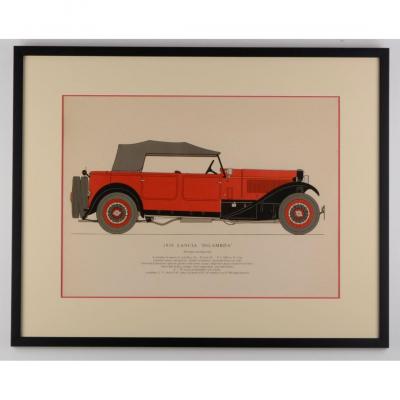
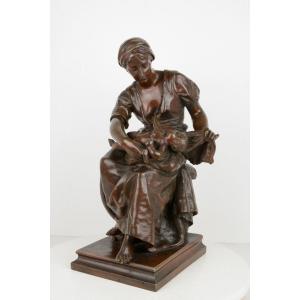

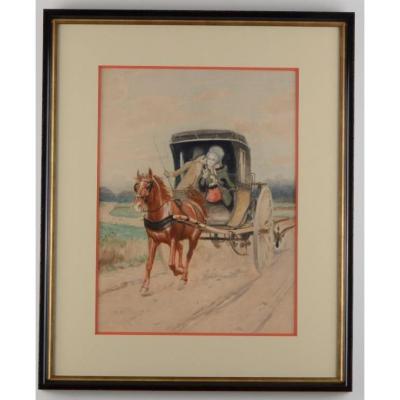



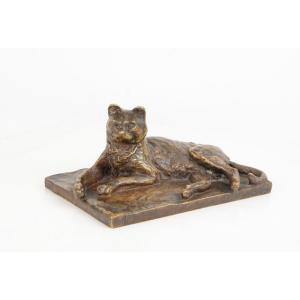


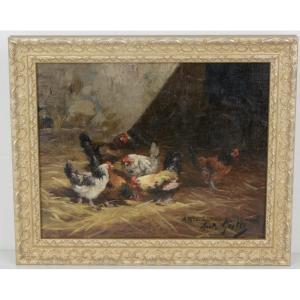

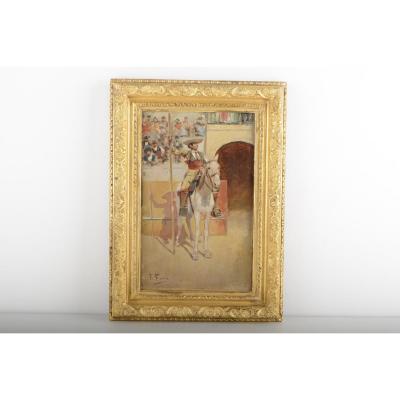


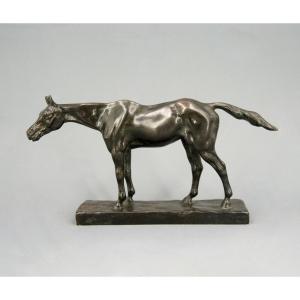
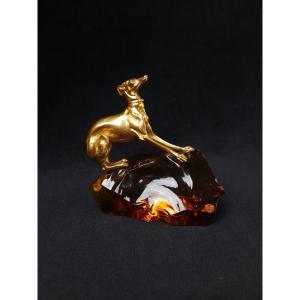
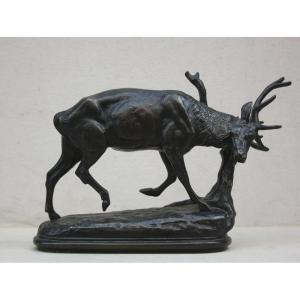
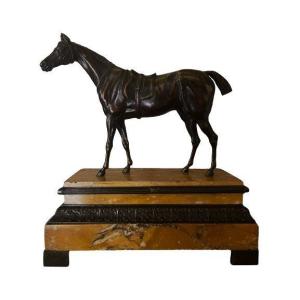




 Le Magazine de PROANTIC
Le Magazine de PROANTIC TRÉSORS Magazine
TRÉSORS Magazine Rivista Artiquariato
Rivista Artiquariato